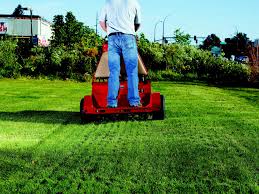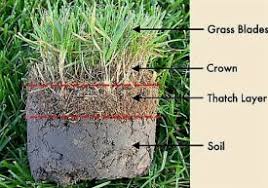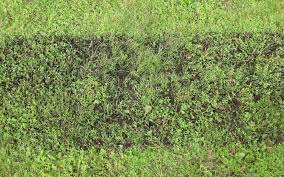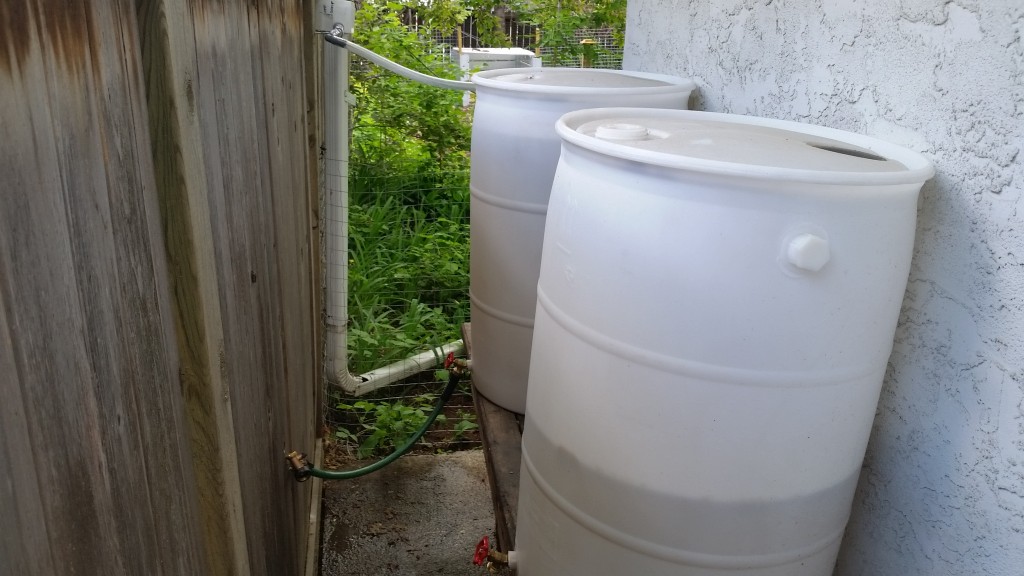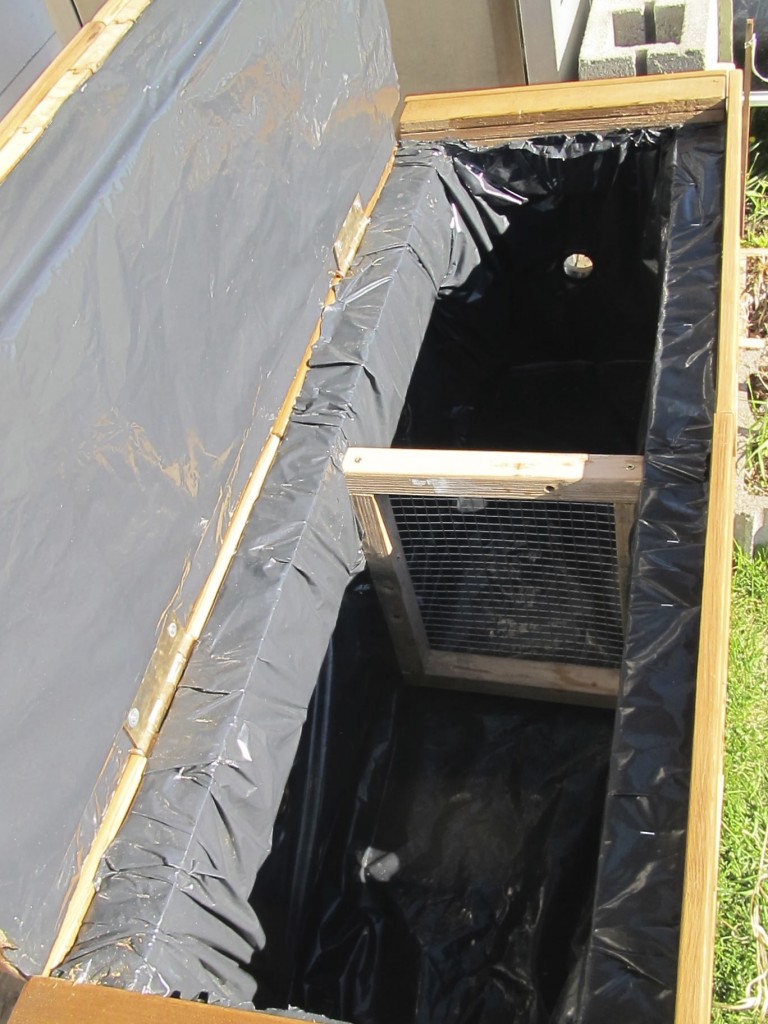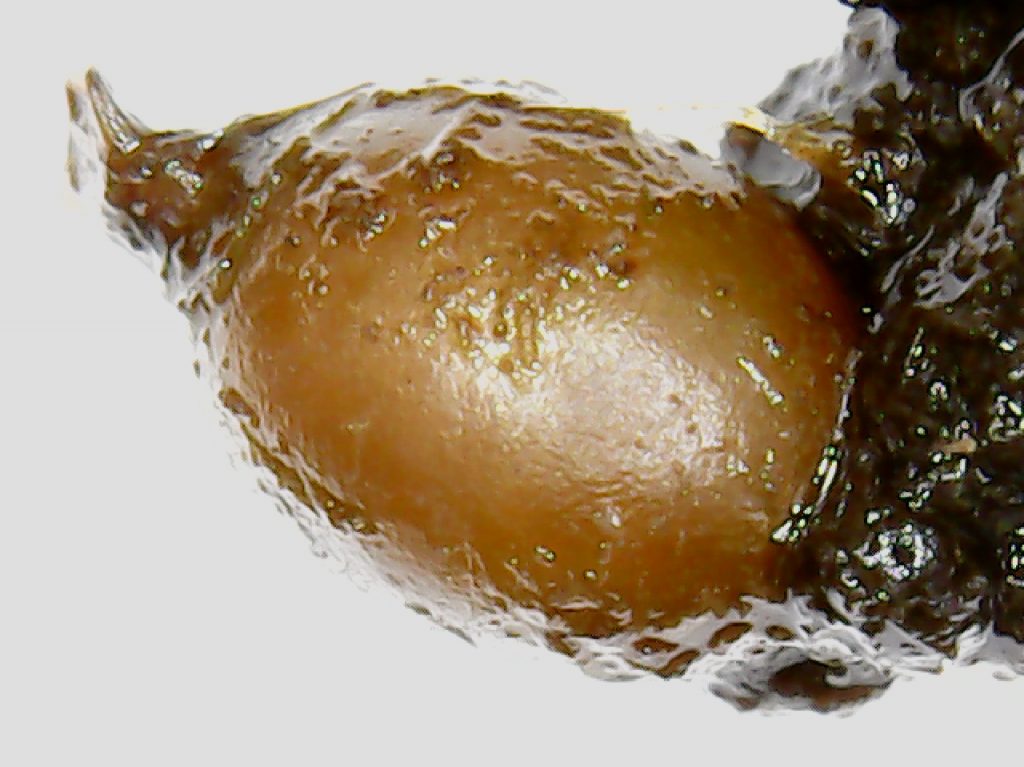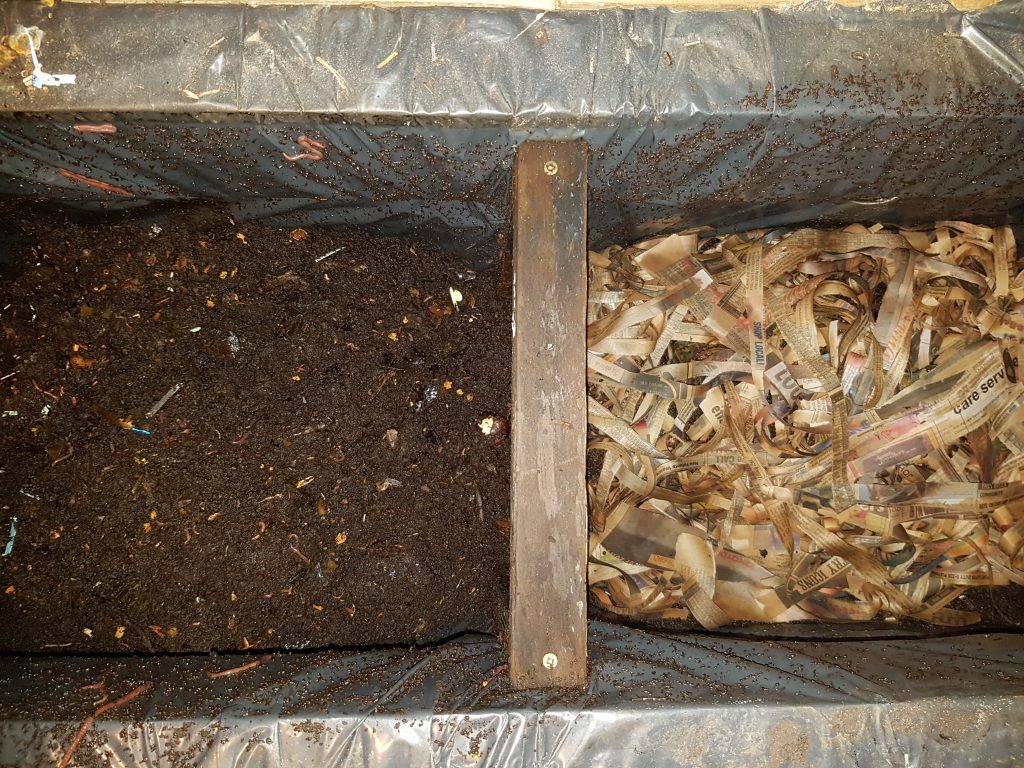Essential oils for the garden.
The weather is warming up and things are beginning to awaken from their winter slumber. Many of us are wanting to get out and start making our property beautiful again. While the first buds are sprouting, and the insects are staring to buzz around the warm corners of buildings, now is the time to finish preparing for the outdoor season.
Although each garden is different. Many of the insects pest that wreck havoc on our peaceful places are similar. Organic Land Care teaches us how plants deal with these pests. We can aid in their processes without releasing a toxic cloud of chemicals that drift through our neighbourhoods. When the balance is off in the soil and the plants become weak, insect populations may explode overnight. When that happens, it is time to step in to help.
Before you run to the hardware store or garden centre for chemical sprays and powders. Have a look below for DIY garden sprays for the most common garden pests. Sprays will work to keep the pests away in the short term, but the plants need to be healthy to keep them away for good.
The mixtures can work out to less than $2 a bottle, and are only harmful to the specific insects. They all have benefits for us in different ways.
Check out www.eatmyshrubs.com to learn more and purchase top quality essential oils.

All Purpose Essential Oil Pest Spray
In 1 Litre of Water add 10 – 15 drops each of
Rosemary Essential Oil,
Peppermint Essential Oil,
Clove Essential Oil,
& Thyme Essential Oil,
Add
1 Tablespoon of Castile Soap
Mix all the ingredients into a spray bottle (preferably glass if you are going to leave the mix in the bottle for an extended period of time) & spray liberally to the effected plants and surrounding soil.
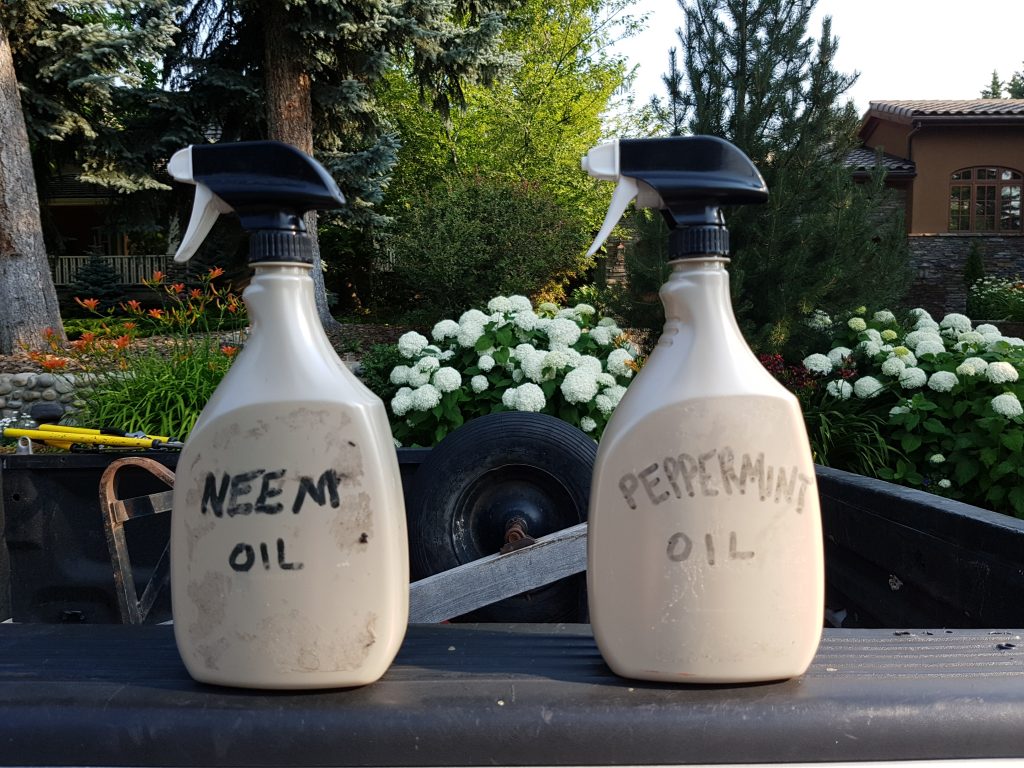
Peppermint Spray for Aphids
In 1 Litre of Water add
15 drops of Essential Oil
1 Tablespoon Castile Soap
Mix the ingredients into a spray bottle & apply liberally to the effected plants.
Substitute Different Oils For Different Pests
Ants – Peppermint
Aphids – Peppermint, Sandalwood, or White Fir
Beetles – Peppermint, or Thyme
Caterpillars – Peppermint
Chiggers – Geranium, Lavender, Lemongrass, or Thyme
Cutworm – Thyme
Fleas – Lavender, Lemongrass , or Peppermint
Flies – Basil, Clove, Eucalyptus, Lavender, Peppermint, Rosemary, or Geranium
Gnats – Patchouli
Mice – Peppermint
Mosquitos – Geranium, Lavender, or Lemongrass
Moths – Lavender, Peppermint, or Geranium
Plant Lice – Peppermint
Scorpions – Basil
Slugs – Fir, or Cedarwood
Snails – Patchouli, or Fir
Spiders – Peppermint
Ticks – Lavender, Lemongrass, or Thyme
Weevils – Patchouli, Sandalwood, or Cedarwood


